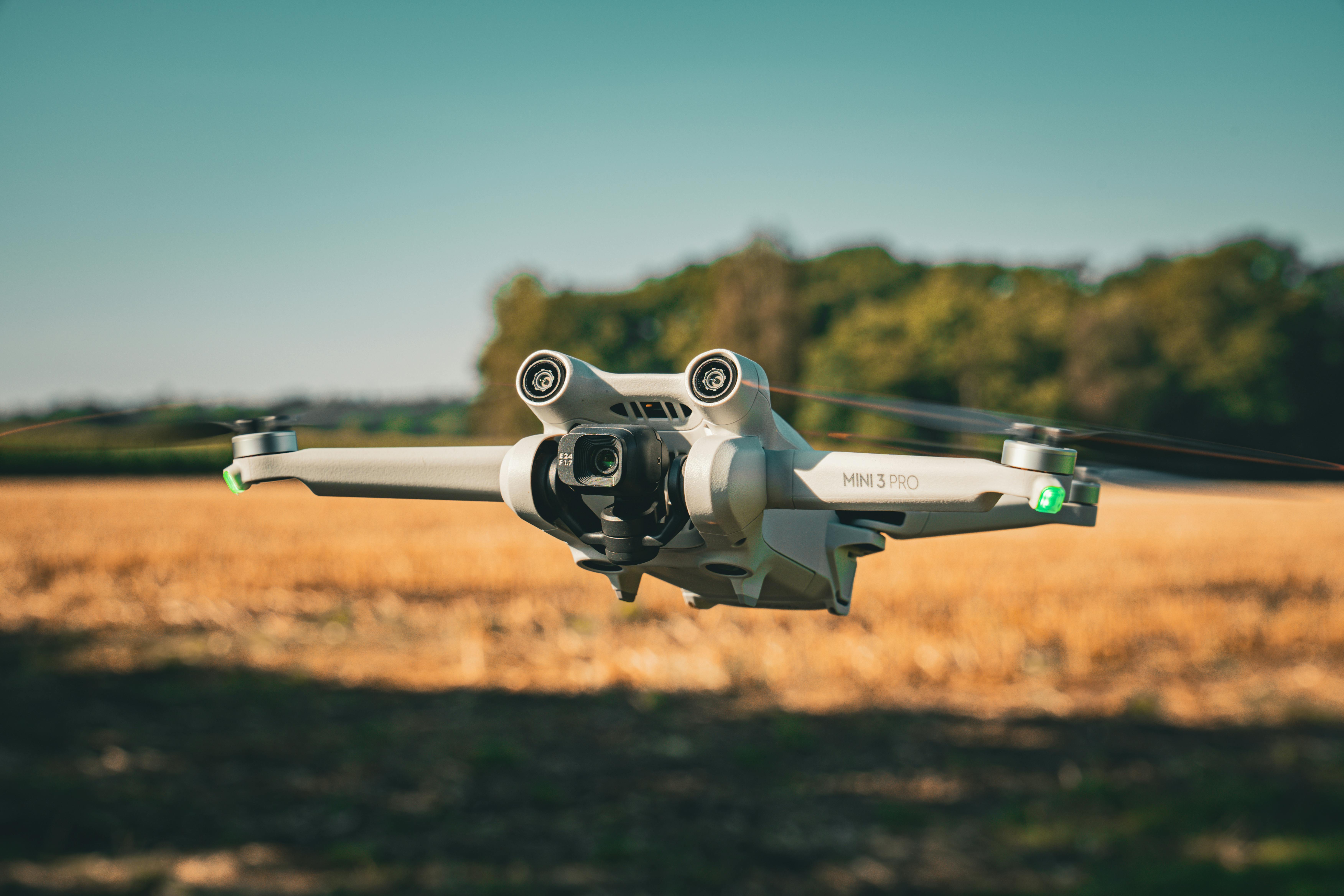Rekindling the Love for Classic Cars: A Journey through Time and Technology
A journey down memory lane takes us to a time when cars were more than just a means of transport. They were a testament to mankind's ingenuity and a symbol of one's status and lifestyle. This article will revisit the allure of classic cars, the technological advancements they brought forth, and their timeless appeal in today's automotive landscape.

Background: The Classic Car Era
The classic car era, spanning from the 1920s to the 1970s, was marked by distinctive designs, artistic craftsmanship, and technological innovations that would shape the industry’s future. The 1920s were characterized by the adoption of hydraulic brake systems, while the 1930s witnessed the introduction of electrical systems and independent front suspensions.
The post-WWII era saw a surge in production and the emergence of iconic models like the Ford Mustang and Chevrolet Camaro. This period was also marked by advancements in engine technology, paving the way for more powerful and efficient cars.
The Allure of Classic Cars
Despite the rapid technological advancements in the automotive industry, the allure of classic cars remains undiminished. Their timeless designs, coupled with the nostalgia they evoke, make them a beloved choice for car enthusiasts. Moreover, their mechanical simplicity compared to modern cars adds to their charm, offering hands-on maintenance and tuning opportunities.
Technological Advances: Then and Now
Classic cars were the catalyst for many technological advances we now take for granted. Power steering, automatic transmission, and air conditioning systems, all commonplace today, were first introduced in classic cars. Although these vehicles may lack the connectivity, safety, and convenience features of modern cars, their impact on the evolution of automotive technology is undeniable.
Impact on Today’s Automotive Landscape
While classic cars may not be the most practical choice for daily commuting, their influence on today’s automotive landscape is profound. Modern automakers often draw inspiration from classic designs, combining retro aesthetics with contemporary technology for a unique blend of old and new.
Furthermore, the restoration and preservation of classic cars is a thriving industry in itself, contributing to job creation and economic activity. It also promotes sustainability by extending the life cycle of vehicles and reducing waste.
Challenges and Future Prospects
While the love for classic cars is widespread, it comes with its share of challenges. The scarcity of spare parts, coupled with the need for specialized skills for maintenance and restoration, can make owning a classic car a costly affair.
However, with the rise of 3D printing technology, there is hope for easier access to spare parts in the future. Furthermore, the growing interest in classic cars among millennials and Gen Z indicates that the classic car culture is here to stay.
In conclusion, while the classic car era may seem like a bygone time, its influence resonates in today’s automotive industry. From technological advancements to design inspiration, the legacy of classic cars continues to shape the future of mobility. As we gear up for a future defined by electric and autonomous vehicles, let’s not forget the classic cars that paved the way.





